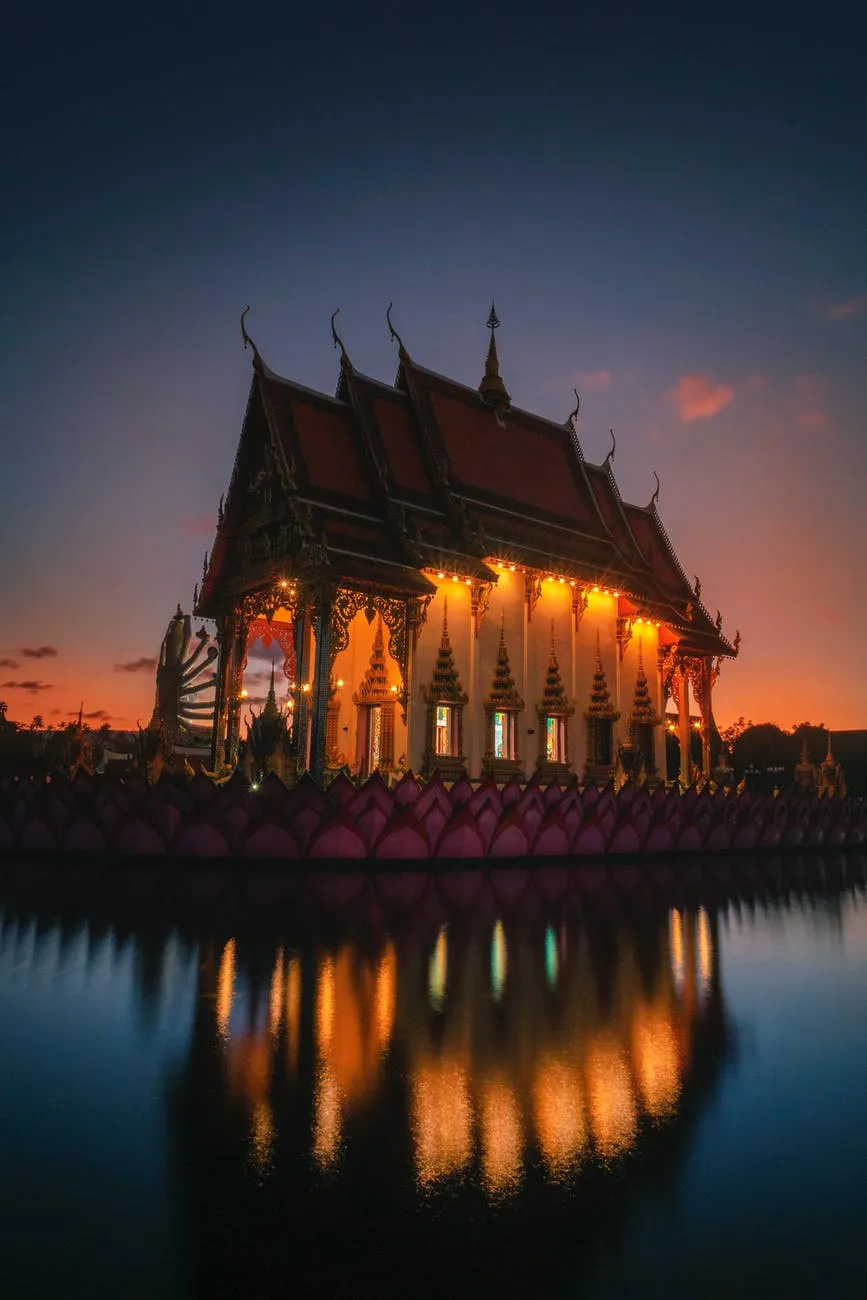The Chardham Yatra is a sacred pilgrimage to the four holy shrines in ‘Dev Bhoomi’ Uttarakhand. Believed to be the holiest journey, the Yatra cleanses all sins and grants salvation to the pilgrims who complete this journey. Chardham Yatra by helicopter is an easy and hassle-free way to complete the journey to the divine shrines of Yamunotri, Gangotri, Kedarnath, and Badrinath. Chardham Yatra by helicopter starts in the beautiful city of Dehradun, the capital city of Uttarakhand.
The Yatra is planned in a clockwise direction in Uttarakhand. It takes around 10-12 days to complete the whole journey by road as the shrines are nestled high up in the Himalayas of Uttarakhand. But for a Chardham Yatra by helicopter, it takes only 4 to 5 days. Therefore pilgrims prefer Yatra by helicopter as it saves time as well as energy.
So, if you’re planning a Chardham Yatra by helicopter then here is all you need to know including the day-wise itinerary.
Where to Book Chardham Yatra by Helicopter Package?

Tourism-of-India provides multiple options for Chardham Yatra tour packages for the devotees. They also have a pre-planned Chardham Yatra by helicopter packages with cost or you can customize for a better travel experience.
Detailed Information about Char Dhams:
Yamunotri Dham
Yamunotri is the holy shrine of the River Goddess Yamuna, the sister of Lord Yama “The God of Death”. The black idol of the Goddess is visited by pilgrims from far ends of the world. A visit to Yamunotri Dham is said to cleanse all sins of a lifetime and allows pilgrims a boon of preventing an untimely death.
The helicopter journey takes almost 40 minutes and you will land at the Kharsali Helipad to get to Yamunotri. The holy Chardham destination is at a distance of a 5 km trek. You can choose to walk or get a palki or pony to get to the temple.
Enjoy the beautiful scenery of the mountains and feel blessed by the divine temple. Two hot springs near the temple are also visited by pilgrims. Pray at the revered temple and after your darshan.
Gangotri Dham
Gangotri is the revered shrine of the River Goddess Ganga. According to a legend from Hinduism, the river was brought on earth after great penance. It is believed that bathing in the holy waters of Ganga cleanses one of the sins of life and grants salvation. The white-marble temple, built in the 19th century is a sacred shrine.
The Gangotri temple can be reached in a short walk from the hotel. Pray to the Goddess and get blessings. The divine ambiance of the temple blesses pilgrims with serenity and bliss.
Kedarnath Dham
Kedarnath is one of the 12 holy Jyotirlingas of Lord Shiva. According to a Hindu legend, Lord Shiva in his form of the bull was hiding from the Pandavas of Mahabharata. On getting discovered the lord divided his bull form into various regions of India and Nepal. The hump became the revered lingam of Kedarnath Dham. The holy temple is set in the middle of the Garhwal Himalayan range with a backdrop of snow-covered mountains and near the Mandakini River. It is blessed with an ambiance of spirituality and the breathtaking beauty of the mountains. It is easily one of the most beautiful temples in India.
Badrinath Dham
Badrinath Dham is one of the holiest pilgrimage sites in India, which is both a part of the Chardham Yatra in Uttarakhand and the other Chardham circuit in India. The holy shrine prays to the Badri form of Lord Vishnu.
Get a helicopter ride to Badrinath helipad. The journey of the land of Narayan is a scenic one. Enjoy the pictorial views of the mountains in its snow-draped glory.
You may like to read


 Pexels.com<\/a>","created_timestamp":"0","copyright":"","focal_length":"0","iso":"0","shutter_speed":"0","title":"building with lights","orientation":"0"}" data-image-title="pexels-photo-1929611" data-image-description="" data-image-caption="
Pexels.com<\/a>","created_timestamp":"0","copyright":"","focal_length":"0","iso":"0","shutter_speed":"0","title":"building with lights","orientation":"0"}" data-image-title="pexels-photo-1929611" data-image-description="" data-image-caption="


 Pexels.com<\/a>","created_timestamp":"0","copyright":"","focal_length":"0","iso":"0","shutter_speed":"0","title":"landscape photography of cityscape","orientation":"0"}" data-image-title="pexels-photo-2040876" data-image-description="" data-image-caption="
Pexels.com<\/a>","created_timestamp":"0","copyright":"","focal_length":"0","iso":"0","shutter_speed":"0","title":"landscape photography of cityscape","orientation":"0"}" data-image-title="pexels-photo-2040876" data-image-description="" data-image-caption="
















